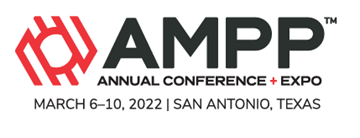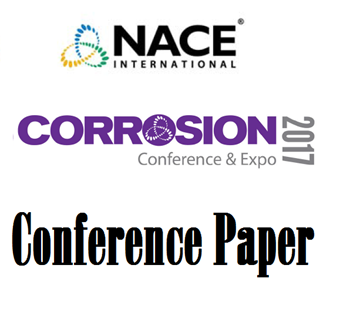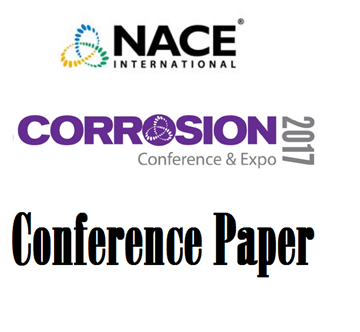Search
Conference Papers
View as
Sort by
Display
per page
Sustainable Biocide Formulations to Deliver Controlled Post Fracture Souring Management
Product Number:
51317--9115-SG
ISBN:
9115 2017 CP
Publication Date:
2017
$20.00
Sustainable Coatings For Above Ground Storage Tanks
Product Number:
51322-18057-SG
Publication Date:
2022
$20.00
Sustainable Concrete Repairs Using Surface Applied Corrosion Inhibitors
Product Number:
41215-887-SG
Publication Date:
2015
$20.00
Sustainable Corrosion Management for the Electric Power Industry
Product Number:
51317--9438-SG
ISBN:
9438 2017 CP
Publication Date:
2017
$20.00
Swarm S2 - A Wireless, Multi-Channel Ultrasonic Corrosion and Erosion Monitoring Tool
Product Number:
51324-21238-SG
Publication Date:
2024
$40.00
Swell Behavior Of Elastomers With A Hydrothermal Liquifaction Bio-Crude And A Fast Pyrolysis Bio-Oil
Product Number:
51321-16565-SG
Publication Date:
2021
$20.00
Synchrotron Based X-Ray Fluorescence Microscopy Confirms Copper in the Corrosion Products of Metals
Product Number:
51317--9017-SG
ISBN:
9017 2017 CP
Publication Date:
2017
$20.00
Synergistic Effect of Chloride, Sulfide and Thiosulfate on the SCC Behavior of Carbon Steel Welds Exposed to Concrete Pore Water under Anoxic Conditions
Product Number:
51324-20786-SG
Publication Date:
2024
$40.00
Synergistic Effect of Magnetite-Enriched Rust Layer and Sulfate Reducing Bacteria on Pipeline Steel Corrosion in Oilfield Produced Water
Product Number:
51324-20769-SG
Publication Date:
2024
$40.00
Synergistic Evaluation of Casing Materials for Cyclic-Temperature Sour Wells
Product Number:
51315-5988-SG
ISBN:
5988 2015 CP
Publication Date:
2015
$20.00
Synthesis of Aminopropyl-modified Silica with Hydrophilic Branches Inhibitor for Corrosion Inhibition
Product Number:
51324-20630-SG
Publication Date:
2024
$40.00
Synthesis of Silane-Modified Nanoparticles-Based Corrosion Inhibitor for Acidic Corrosion
Product Number:
51323-18882-SG
Publication Date:
2023
$20.00














